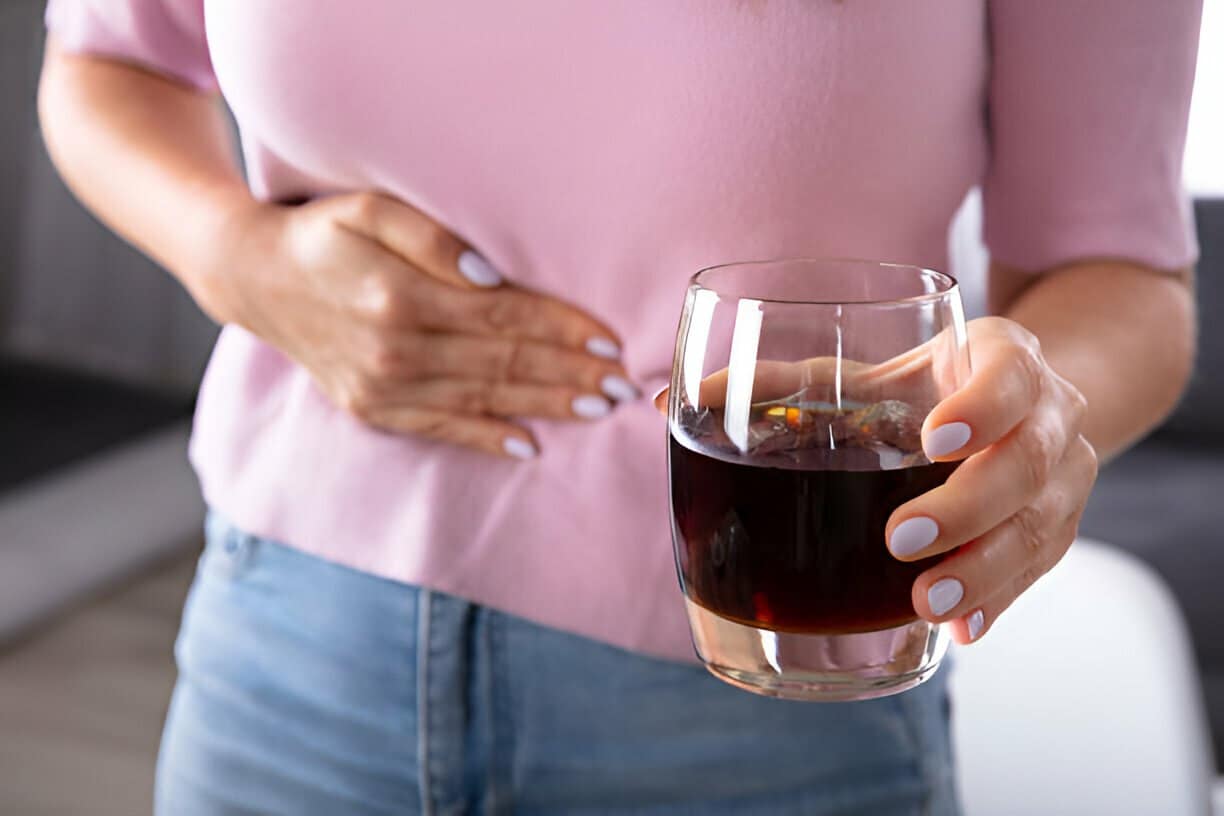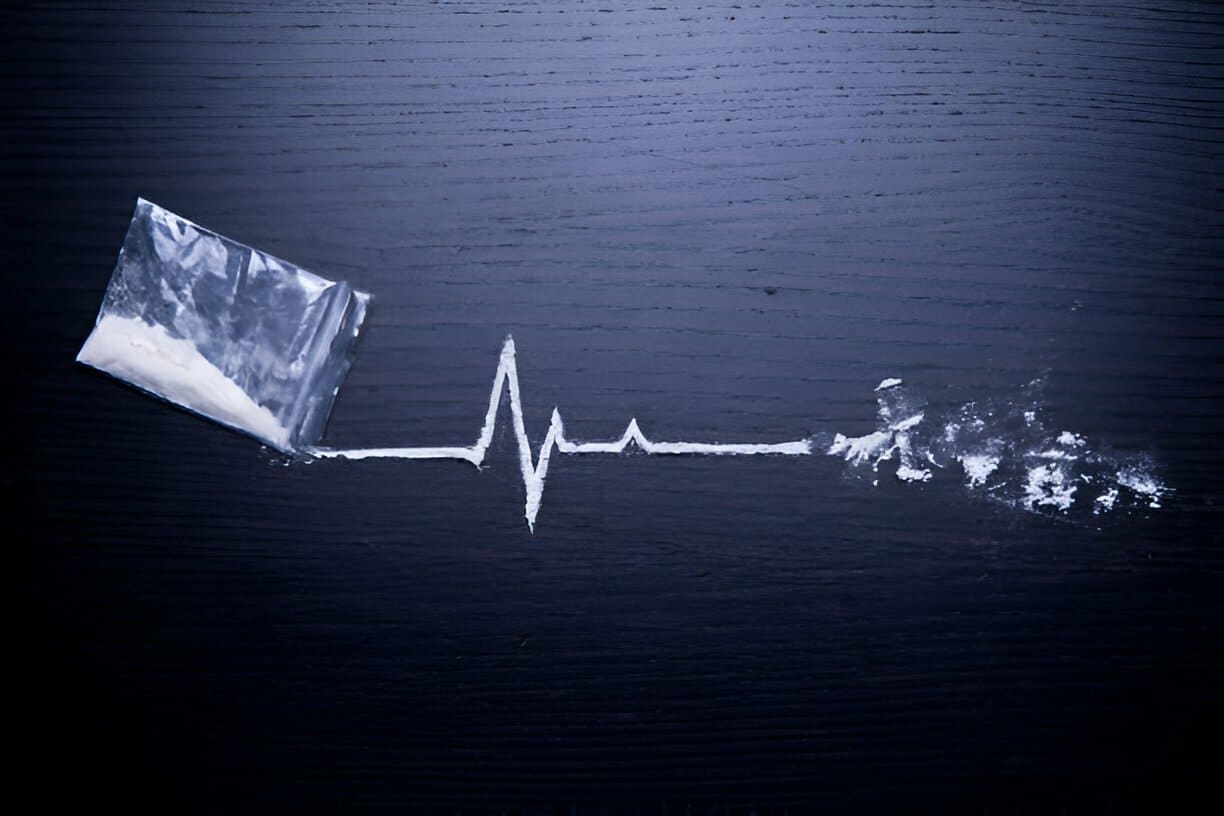Polydrug use is a term that refers to the simultaneous use of multiple drugs or substances. The prefix poly- comes from the Greek word poly, which means ‘many.’
Polydrug use is commonly done to enhance the effects of a single drug. For instance, a drug may be used with alcohol to increase the drug’s effect.

The precise outcome of mixing drugs is difficult to predict and is dependent on a number of factors. Along with how the two chemicals interact, the purity of the drug, the amount of each substance used, the person’s tolerance, the person’s mood while taking it, the setting the person is in, and who they are with when they take it can all affect the outcome.
When someone uses or abuses more than one drug, this is known as polydrug use. According to a study conducted in the United Kingdom, polydrug use is most typically connected with harmful alcohol use and with mental health concerns (particularly lifetime suicide attempts). When people mix alcohol with another narcotic, such as cocaine or amphetamines, they may not realise they’re engaging in polydrug use.
Polydrug use (or multiple drug use), particularly with prescription drugs, isn’t usually deliberate. You may, for example, find that mixing your prescription medication with alcohol has unintended consequences. Alternatively, you may be taking many medications from different doctors and combining them without knowing how the pills may interact. Polydrug misuse isn’t always intentional, to put it that way. Regardless of whether the polydrug misuse is deliberate or not, it is still a risky activity.
People that engage in polydrug usage on purpose do so to gain more benefits from combining substances, such as using alcohol to enhance the effects of narcotics. Opioid abusers have been known to combine these substances with benzodiazepines in order to achieve a more soothing or relaxing effect.
Keep in mind that, while polydrug use can increase the intended effects of drugs, it can also increase the potentially harmful effects of both, leading to a number of health issues. As a result, polydrug use is a risky habit with unpredictably dangerous consequences.
Polydrug usage is extremely harmful, despite how widespread it is. Drug usage is always dangerous to the body, but when numerous drugs are consumed and intended to be digested by the body at the same time, the risk is multiplied.
For the protection of your mental and physical health, if you have been taking your prescription medication or other drugs with alcohol or other substances, you must stop now.
Don’t go through the process of recovery alone. Treatment providers can answer your questions. Get in touch with one today.
Call 0800 999 1083 today!
Varied drug combinations produce different outcomes, each with its own set of dangers. There is an equally wide variety of slang phrases because many possible drug combinations exist. Various types of polydrug misuse also have their own slang or street terms.
The following are some of the more popular drug combinations and their nicknames:
Knowing the above list will help you recognise whether a loved one or someone else is referring to a drug combination with terms that may appear innocent. If someone you know frequently uses any of the above slang, it might be in your best interest to look into it further to make sure they aren’t engaging in risky drug behaviours.
Mixing drug consumption with alcohol is a typical polydrug use combo. People often forget that alcohol is a substance that will affect them when combined with other substances. Hospitals indicate that up to half of all alcohol-related emergency room visits also include the presence of illegal or prescribed medications. Marijuana and alcohol are a common polydrug combo.
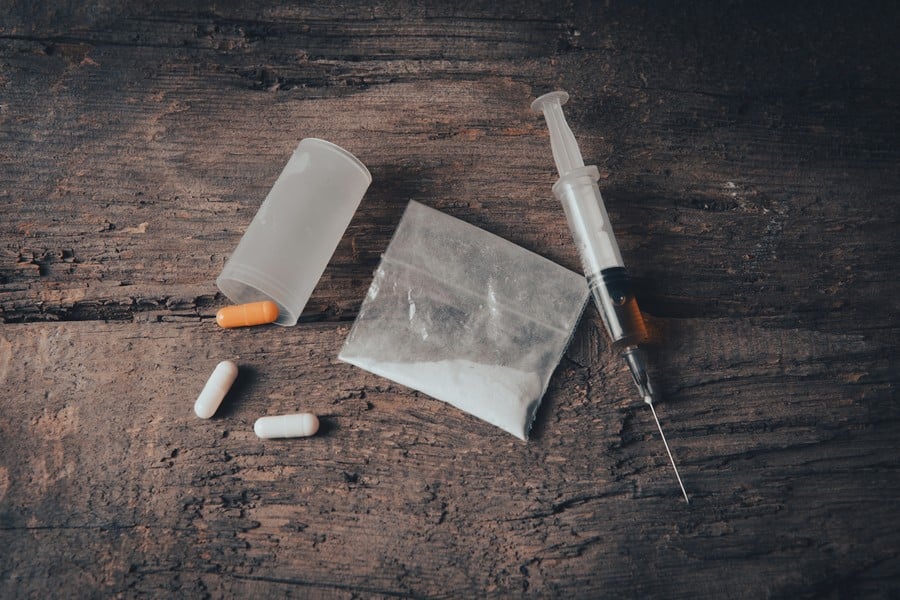
Polydrug use also includes mixing alcohol with caffeinated beverages. There are cautions on the labels of energy drinks and caffeinated drinks not to combine them with alcohol since the effect is harmful and can injure the body.
While people abuse a wide range of substance combinations to get high, the ones listed below are the most popular among young people from all areas of life.
Weed (also known as marijuana or cannabis) is smoked or consumed orally. When you smoke pot, you’ll get a ‘high’ that includes sensations of improved well-being and altered perception. Tetrahydrocannabinol (THC), the main ingredient in marijuana, is responsible for the drug’ when you smoke pots psychotropic effects.
When marijuana and alcohol are combined, the effect of marijuana is amplified since the THC content in your system is higher than when you use marijuana alone. Combining alcohol and marijuana is one of the most commonly recorded drug combinations in car accidents.
The following are some of the possible side effects of mixing marijuana and alcohol:
Some people inadvertently mix their prescription medication with alcohol because they didn’t read the warning on the label or because their doctor didn’t give them enough caution.
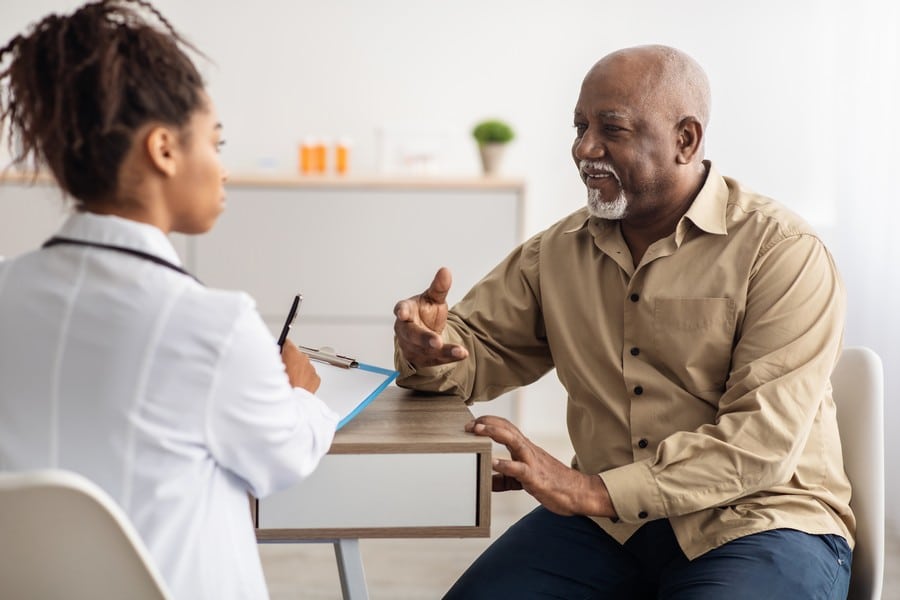
Others simply add booze to their prescribed drugs to amp up the effects. In any case, mixing prescription medications with alcohol, such as sedatives, pain relievers, antidepressants, and antipsychotics, is a dangerous practice that can lead to a variety of health problems.
The following are some of the most prevalent negative effects of mixing prescription medicines with alcohol:
Polydrug users mix marijuana and cocaine to lessen the effects of one drug or increase the euphoric benefits of both. While the high that results from mixing cocaine and marijuana may be pleasurable, it can also lead to a variety of health issues. The most dangerous of these is an overdose, which can be lethal.
Cocaine is a highly effective, illicit stimulant that can give you a boost of energy and confidence, as well as a rush of happiness. On the negative side, the drug will cause you to have high blood pressure, an accelerated heart rate, and maybe paranoia.
Marijuana, on the other hand, is a depressive and psychedelic, with effects that are diametrically opposed to cocaine. Combining the two substances might create significant physical and psychological negative effects due to their disparities.
Combining a stimulant like cocaine with depressant drugs like marijuana can lead your body to become confused and cause serious health issues. The following are a few of these issues:
While marijuana may lessen the effects of cocaine, persistent polydrug misuse of both substances will increase your tolerance to both drugs over time. You’re dangerously close to establishing a physical reliance and addiction to marijuana, cocaine, or both as your tolerance starts to build up.
Polydrug use is frequently accompanied by alcohol consumption. It’s usually the substance being mixed with the principal drug of abuse if it’s not the primary substance of abuse. Alcohol is frequently used with other medicines or substances to boost their effects, and this is especially true with prescription painkillers.
According to studies, around 80% of alcoholics in treatment also abused at least one additional substance. Alcoholism can coexist alongside cocaine, barbiturates, hallucinogens, and opiate use.
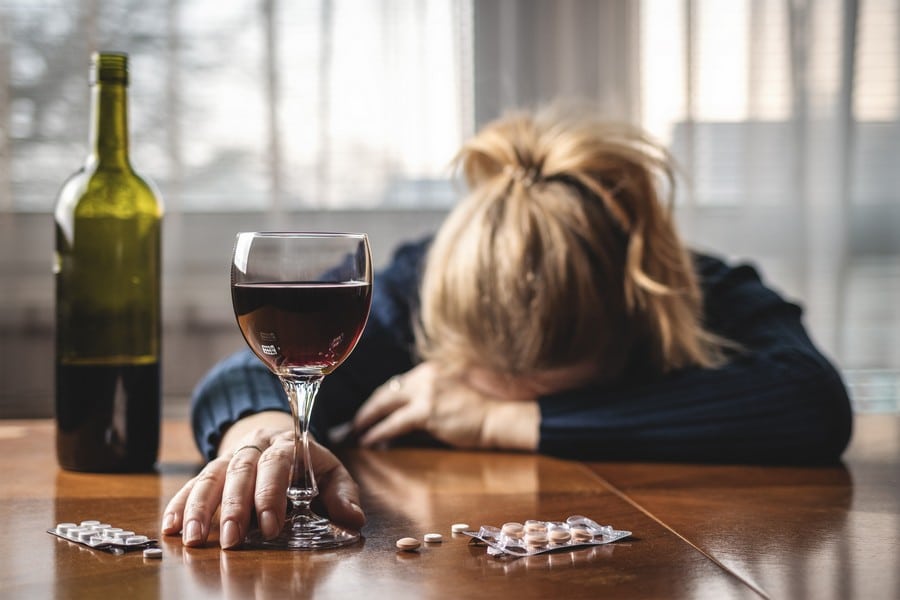
Benzodiazepines, in addition to alcohol, are commonly used by polydrug addicts. Benzodiazepines like Xanax and Valium, according to certain studies, can contribute to a sharply increasing number of fatal drug overdoses.
People combine benzodiazepines with other substances since the combination is known to prolong the euphoric high. This is especially likely when benzodiazepines are taken with opioids. Benzodiazepines and opioids, on the other hand, can have more severe adverse effects, as indicated by a 2011 study that found that benzodiazepine/opioid combinations were the most common cause of emergency hospital visits.
Benzodiazepine detoxification is frequently required for 50% of new entrants into methadone clinics.
Abusing benzodiazepines in combination with other drugs is exceedingly dangerous for a variety of reasons, including:
Polydrug abuse is extremely dangerous. The effects of combining two different substances can be harmful to the body. Because polydrug usage affects each person differently and depends on the drug combination, it’s difficult to say what the exact risks are. However, the risk of overdose is increased when more than one substance is taken.
Some common health risks include psychosis, panic attacks, heart difficulties, lung infections, bronchitis, dehydration, hyperthermia, kidney failure, serotonin syndrome, stomach bleeding and coma. Deadly combos can prove fatal, and nonfatal combinations can result in irreversible brain damage.
When drugs are mixed, the brain’s soothing chemicals are depleted, leading to panic and behavioural problems. Polydrug users may be unable to think clearly, leading them to participate in potentially risky actions.
Apart from all the health dangers described, using different drugs at the same time also increases the risk of developing a drug addiction.
Polydrug use can have a range of short-term physical and mental consequences. The intensity of the side effects is usually determined by the combination of drugs taken and the dosage employed. The following are some of the most commonly documented short-term impacts of polydrug abuse:
Polydrug abuse’s long-term effects may influence how the drugs are ingested or administered. Injecting, for example, raises not just the desired effects but also the risks of substance abuse. Some of the long-term consequences of such drug use include:
Polydrug abuse depletes the feel-good neurotransmitters in your brain, leading to behavioural and emotional problems, including anxiety and depression.
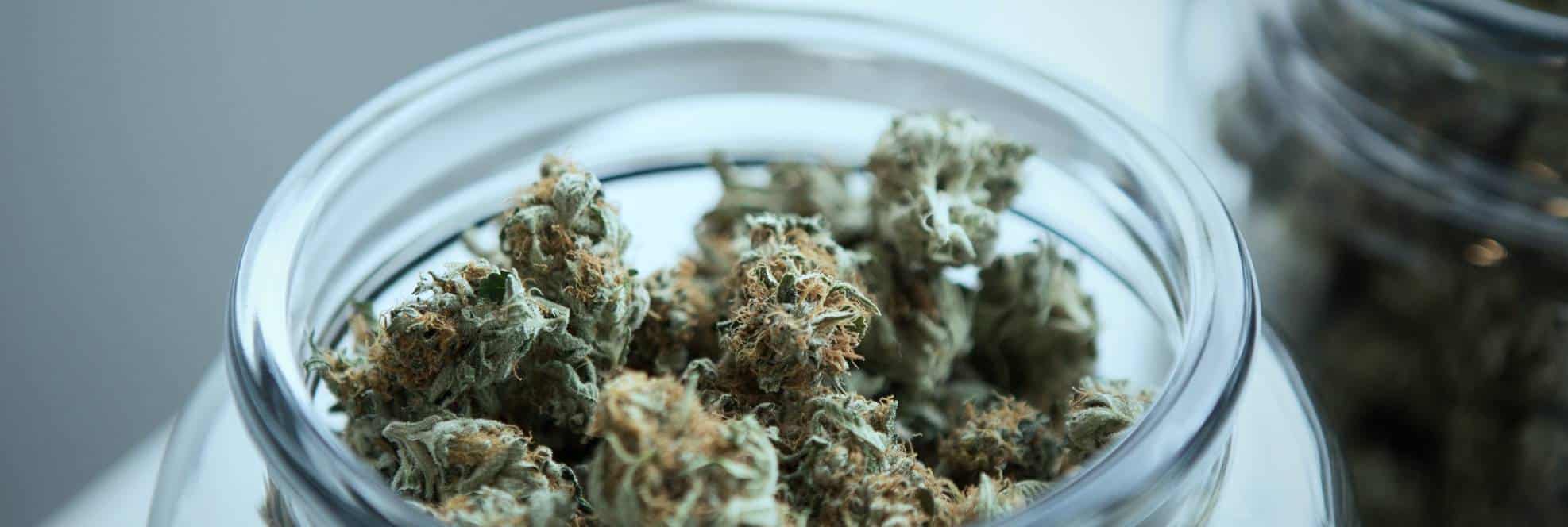
Getting therapy for addiction to multiple substances is more challenging than getting treatment for a single addiction. This is because each substance has its own set of physical and psychological adverse effects. For example, if you’re addicted to alcohol, the correct benzodiazepines given during detox can help you avoid withdrawal symptoms. However, traditional detox medicines or treatment strategies will likely be ineffective if you are addicted to both benzodiazepines and alcohol.
It is vital to identify the fundamental cause of the substance abuse disorder before attempting to overcome it. As a result, the likelihood of the rehab program‘s success is considerably improved. During rehabilitation, the symptoms of polydrug use are often comparable to those of a pre-existing psychological or behavioural problem (like anxiety or depression). Dual diagnosis refers to treating a problem like this while also treating your addiction. It also refers to addressing the underlying reason for your substance abuse in the first place.
After you’ve made it through the challenging stage of withdrawal, you should seek treatment for your polydrug use as soon as possible. These therapies can help you understand the origins of your addiction and provide you with life lessons to help you manage your cravings in the future. Therapy will also teach you how to live a happy and meaningful life without the need for drugs.
Inpatient medical detox is the best way to secure your safety because polydrug withdrawal is more complicated than withdrawal from a single drug. This is because your physical and emotional health will be monitored and handled by medical professionals around the clock while you are in inpatient medical detox. This will guarantee that you receive fast medical assistance if you experience any unexpected health problems when withdrawing.
Additionally, while receiving treatment in an inpatient facility, medication might be administered as needed to reduce or eliminate specific withdrawal symptoms. Nausea and diarrhoea, which is common during withdrawals, can be considerably decreased. Antidepressants can also be prescribed to help with mood swings.
If you were misusing Vicodin (or other prescription medicines) in addition to cocaine, you might be prescribed an opioid substitution therapy such as buprenorphine or methadone. These types of substitution medications, often known as long-term maintenance medications, can reduce the intensity of withdrawal symptoms. Long-term maintenance drugs may be required depending on the severity of your substance abuse issues. Cocaine withdrawal symptoms, on the other hand, are usually not severe, so they may be simply monitored and managed as needed.
Instead of substituting the benzodiazepine, a tapering method could be used to minimise withdrawal symptoms for someone taking benzo as one of their drug choices during polydrug addiction. This will entail progressively lowering your benzodiazepine dosage until you are completely free of it. If you take this technique, your withdrawal symptoms will be less severe than if you quit “cold turkey.
There is a more significant degree of unpredictability when detoxing from various substances. As a result, continuous medical monitoring is essential, as it allows for the early detection and treatment of any abnormalities in a recovering addict’s health. Additionally, the constant monitoring and assistance provided throughout a medical detox will significantly lower your chances of relapse.
Medical detox is merely the first stage in the recovery process, and it only addresses the physical aspects of your addiction. Once detox is completed, a comprehensive rehab programme should be immediately followed to achieve a full recovery.
Behavioural therapies, such as Cognitive Behavioural Therapy (CBT), will be used in a comprehensive rehab programme to modify your thoughts about drug abuse and help you achieve a much healthier way of thinking.
When it comes to polydrug use, the first step is to figure out what makes you use drugs in the first place. After the underlying reason for your drug usage has been recognised, the appropriate therapy can be used to address it. When therapy and other treatment components are tailored to your specific emotional and physical needs, they are usually more effective. If a co-occurring mental health issue is the root of the problem, it will be treated effectively with polydrug addiction treatment.
Typically, your care plan will be adjusted throughout treatment to meet the changing requirements of the recovering addict. You can fully recover from polydrug use and go on to live a healthy and substance-free life with complete treatment. Call 0800 999 1083 for Confidential Help.

BACP accredited psychotherapist with 16 years experience working in mental health specialising in psychodynamic person-centred therapies treating those with a range of mental health disorders including anxiety, depression, OCD and Addiction.

Fill in your details and we’ll send you a message via SMS.

No matter where you live, there are drug and alcohol rehab options for you to discover. Treatment providers are waiting to answer your questions. Get started today.

Ever felt that gnawing ache or burning sensation in your gut after a night of drinks? You’re not alone. Stomach pain after drinking is a common complaint, and there are a few reasons why it might happen. Let’s delve into the science behind the discomfort and explore ways to soothe your stomach. The Irritating Truth: … Continued

Cocaine, a stimulant known for its short-lived burst of energy and euphoria, hides a dark side. Behind the initial high lies a dangerous potential for overdose, with severe health consequences and even death. This article delves into the world of cocaine overdose, equipping you with the knowledge to recognize the signs, understand the dangers, and … Continued

Adult smoking habits in the UK refer to how often and in what ways people aged 18 and above use tobacco. This includes everything from smoking cigarettes every day to occasionally lighting up, as well as using other tobacco products. Understanding these habits is important for several reasons: Public Health: Smoking causes many diseases that … Continued

Addiction in the UK is a complex issue that is connected to various aspects of society such as healthcare and law enforcement. It affects people from all backgrounds and has negative impacts on families, communities, and the entire nation. Understanding addiction involves not only looking at the uncontrollable use of substances and repetitive behaviors but … Continued

Don’t go through the process of recovery alone. Treatment providers can answer your questions. Get in touch with one today.
Call 0800 999 1083 today!





